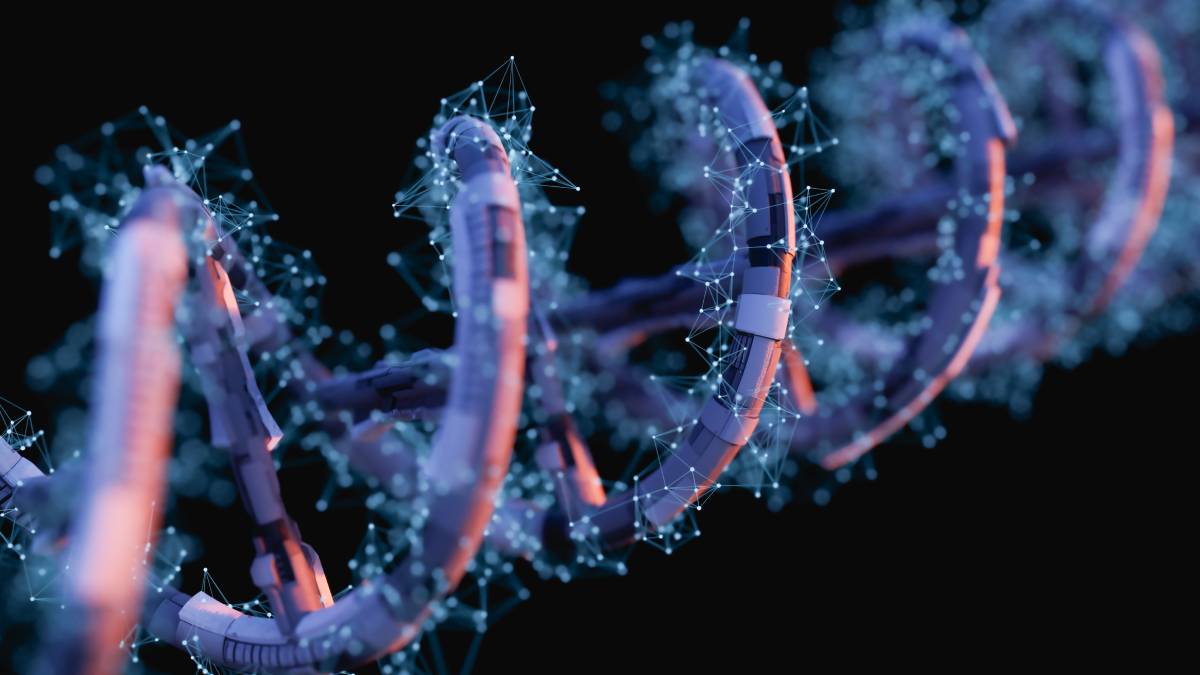One of the most innovative methods being developed today to treat chronic pain (CP) is gene therapy (GT) [5]. As indicated in Vega-Loza et al., “approximately one in every five Americans suffers from chronic pain,” of the estimated 1.5 billion people suffering from CP worldwide [7]. The International Association for the Study of Pain defines chronic pain as “pain which has persisted beyond normal tissue healing time”—or pain that lasts beyond three-to-six months [4]. People with chronic pain often complain of having burning sensations, or a deep, achy feeling [1]. Causes of CP may include inflammation, cancer, arthritis, neuropathy (nerve damage), and infection [1].
In recent years, other methods have been recommended to help treat chronic pain. These include the pharmacological use of analgesics, antidepressants, anticonvulsants, and anti-inflammatory compounds (NSAIDs) [4]. Epidural steroid injections, “which consist of a mixture of corticosteroids and anesthetics,” have also been used and have been found to “relieve pain for approximately 3 months” [7]. Researchers continue to work toward safe and effective treatments for long-term pain management in an effort to reduce reliance on options that are addictive or engender unwanted side-effects [1,3,4,6,7]. Many researchers believe the answer to chronic pain is gene therapy.
How does gene therapy work? As defined by the Applied Genetics Technologies Corporation, “Genes are segments of DNA that direct the cell to produce proteins that perform functions in the body” [2]. There are even genes that control how efficiently one experiences pain [6]. In gene therapy, researchers are able to produce copies of functioning genes and, through carefully engineered viruses called viral vectors, deliver them into a patient’s cells [2]. One of the most common viral vectors being used for pain treatment are adeno-associated viruses, or AAVs, since they already exist within the human body, and aren’t shown to produce a harmful immune response or cause diseases to humans [2,3,5]. Once functional gene copies are successfully transmitted into the patient’s cell, they can produce proteins that have the potential to make up for the malfunctioning gene [1,3]. For patients suffering from chronic pain who receive gene therapy, those newly produced proteins may trigger the expression of certain analgesic compounds, resulting in the mitigation of pain [1,3].
Today, an increasing number of researchers are proposing the use of GT for treating chronic pain [4,5], given its many proven advantages. As implied earlier, GT has been shown to offer long-term, widespread pain relief, and, in some instances, local pain relief, without being addictive or destructive to a patient’s health [3,5,7]. Additionally, gene therapy allows the possibility of targeting specific sites within the central and peripheral nervous systems, “thus decreasing the probability of off-target side-effects” [4]. It also has the potential to be effective even after a one-time application [4,7].
There are disadvantages as well. Most studies highlight that the long-term side-effects of GT remain largely unknown [1,4,5]. Another disadvantage is that, once the copied gene begins acting within the patient’s cell, it can’t be turned off. In turn, as explained by Joseph Glorioso, in a lecture given at the 21st annual meeting of the American Society of Gene and Cell Therapy, “the therapy would continue in cases where it may no longer be needed or warranted” [1]. The high cost of production also poses a challenge in the administration of gene therapy, suggesting that many patients without the necessary financial means would have difficulty gaining access to them [7]. Finally, the biggest issue—and this applies to all facets of chronic pain therapies, not just to gene therapy—is that researchers have focused mostly on treating the symptoms of pain, while its causes remain unresolved [4].
References
1. American Society of Gene and Cell Therapy. Joseph Glorioso. (2018, May 16). Design and Translational Application of HSV Gene Vectors in Nervous System Diseases [Video]. YouTube. https://www.youtube.com/watch?v=Pr8SMMtVNR0
2. Applied Genetics Technologies Corporation. (2016, November 28). Gene Therapy Explained [Video]. YouTube. https://www.youtube.com/watch?v=xOQFJJOBGM0
3. Jergova, S., Gordon, C. E., Gajavelli, S., & Sagen, J. (2017). Experimental Gene Therapy with Serine-Histogranin and Endomorphin 1 for the Treatment of Chronic Neuropathic Pain. Frontiers in Molecular Neuroscience. doi:10.3389/fnmol.2017.00406
4. Kibaly, C., Loh, H. H., & Law, P.-Y. (2016). A Mechanistic Approach to the Development of Gene Therapy for Chronic Pain. International Review of Cell and Molecular Biology, 89. doi:10.1016/bs.ircmb.2016.06.002
5. Manion, J., Waller, M. A., Clark, T., Massingham, J. N. & Neeley, G. G. (2019). Developing Modern Pain Therapies. Frontiers in Neuroscience, 13. doi:10.3389/fnins.2019.01370
6. Michigan Medicine. Clauw, D. (2019, July 9). Contemporary Approaches to Treating Chronic Pain [Video]. YouTube. https://www.youtube.com/watch?v=D1OXVVhBDlI
7. Vega-Loza, A., Van, C., M Moreno, A., & Aleman, F. (2020). Gene Therapies to Reduce Chronic Pain: Are We There Yet? Pain Management, 10(4), 209–212. doi:10.2217/pmt-2020-0021
